The 'Divina' Returns Home
Born Cecilia Sophia Anna Maria Kalogeropoulos, by many considered the greatest soprano of all time, Maria Callas is being celebrated this month in New York. From March 2 to 30, the Italian Cultural Institute of New York will host the exhibit “Maria Callas: A Woman, a Voice, a Myth.” The show, made in collaboration with the Consulate General of Greece and the Stavros Niarchos Foundation, will showcase costumes, jewelry, and memorabilia that once belonged to the 'Divina'. Also on view at the Institute are photographs on loan from the Hellenic Parliament Foundation.
“They didn’t want me but I will come back from the main door,” Maria Callas said after an early-career rejection from the New York Metropolitan Opera. And she did. Conceived in Greece and born in New York in 1935 to immigrant parents, Callas moved to the Hellenic country after their divorce. She studied at the Athens Conservatory where she was admitted despite the young age after forging her papers and with the complicity of her teacher who recognized her extraordinary talent. Her early Greek career lasted until 1945, the year she went back to the USA. Her professional and personal choices polarized critics and public but her talent remains unquestioned. Her ability to switch between dramatic roles and lighter characters of the Bel canto, for example, an incredibly difficult vocal metamorphosis, remains unrivaled. Callas mastered the dramatic roles but she is undoubtedly responsible for reviving the works of Bellini, Donizetti and Rossini. In 1955, as she had foreseen, she finally debuted and triumphed at the Metropolitan Opera as Norma, and later interpreted Tosca and Violetta in La traviata. What followed was a magnificent career, an obsession with her image, a stormy personal life, a temperamental and divaesque atttitude, all of which have contributed to maintain her myth alive.
“Maria Callas was highly committed to help young artists” the President of the Associazione Culturale Maria Callas Bruno Tosi said during the opening press conference. His association lent the pieces for the exhibition. He recalled how, from October 1971 to March 1972, Callas gave a series of Master classes to twenty-five students at The Juilliard School in New York, and on the 40th anniversary of her series, Tosi presented the soprano Felicia Bongiovanni, who during the San Francisco leg of this same show performed Norma, Tosca and Traviata, Callas’ chevals de bataille. Bruno Tosi, who has been accompanying the traveling exhibit for years now, added that he is planning to donate all the material for the opening of a museum in Venice dedicated to the 'Divina'. Curiously, he also recollected how being Renata Tebaldi’s publicist for many years - the rivalry between the two sopranos was famous - his admiration for Maria Callas remained secretive for years.
Riccardo Viale, Director of the Italian Cultural Institute spoke of the cultural debt of gratitude that Italy has with Maria Callas. “She gave value to Italian melodrama and Bel canto and for this we are grateful and truly honored to host this exhibit, even if she is not of Italian descent.” Also present at the opening press conference were Greek Consul General Grangelos Kyriskopoulos and the Italian Deputy Consul Lucia Pasqualini.
On July 1965, at Covent Garden in London, Maria Callas appeared for the last time in Tosca, directed by Franco Zeffirelli. In 1970, her dear friend Pier Paolo Pasolini tailored on the Divina the film version of "Medea.” When she passed away in 1977, after spending her last years in isolation in Paris, her ashes were scattered in the Aegean Sea, but her voice has continued to seduce music lovers in every corner of the world.






























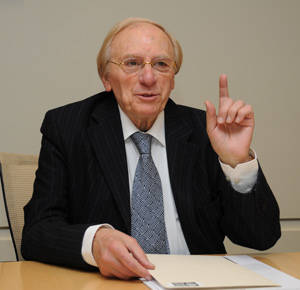
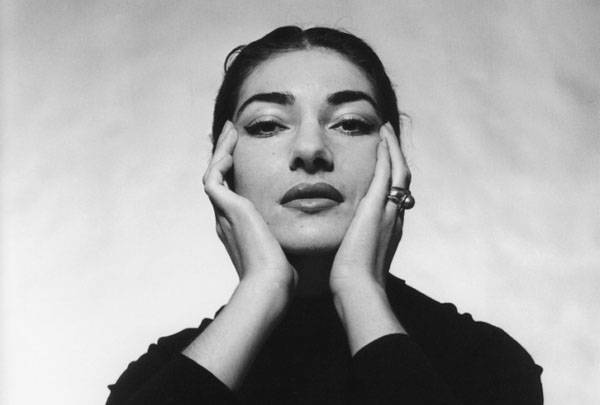
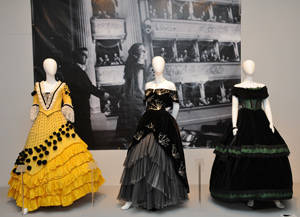
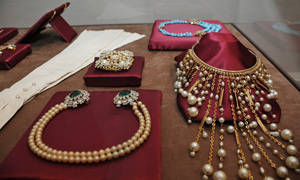
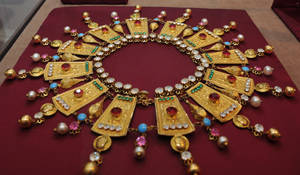



i-Italy
Facebook
Google+
This work may not be reproduced, in whole or in part, without prior written permission.
Questo lavoro non può essere riprodotto, in tutto o in parte, senza permesso scritto.